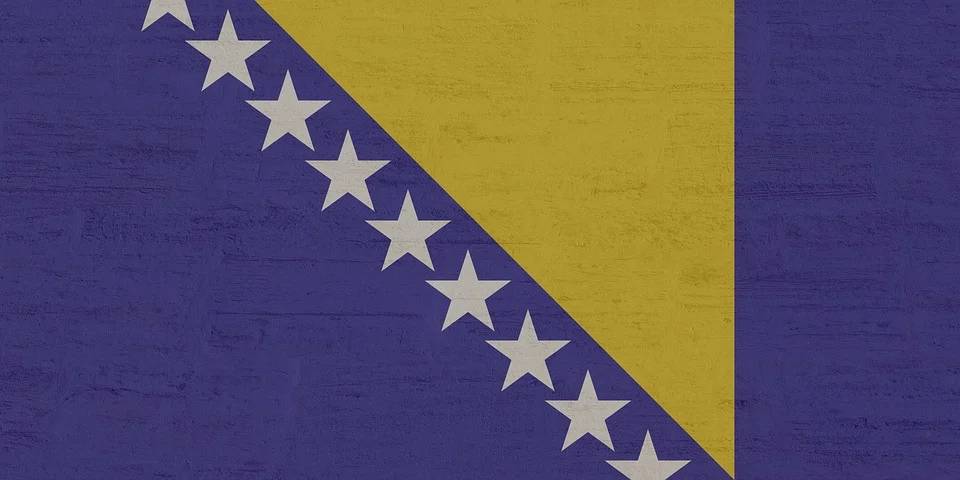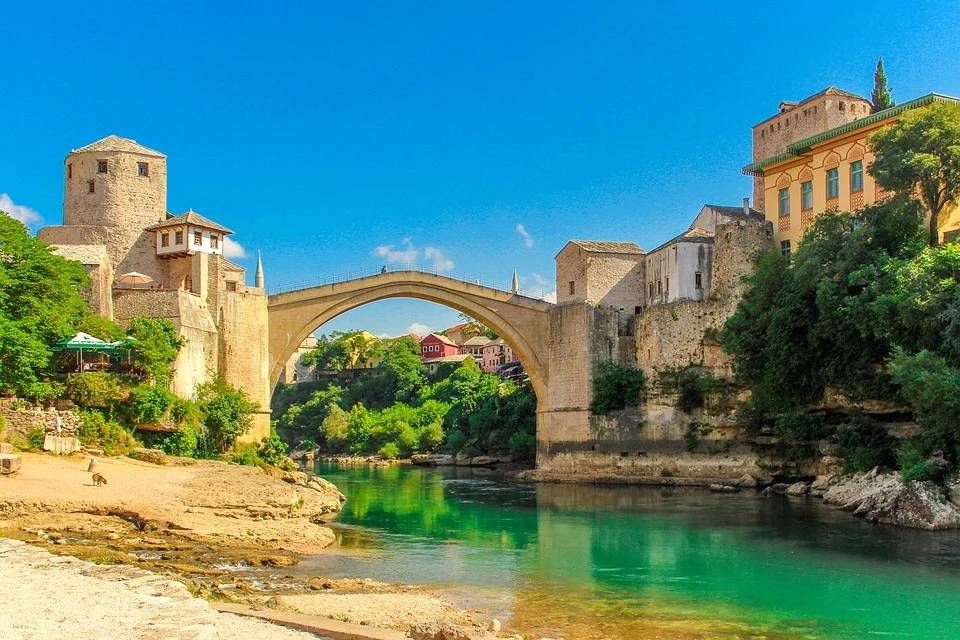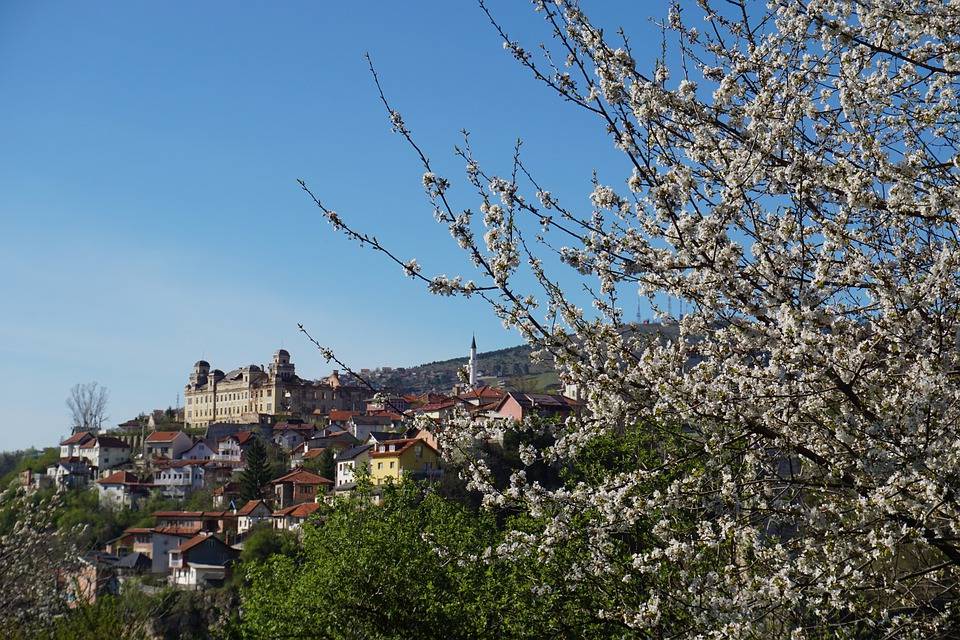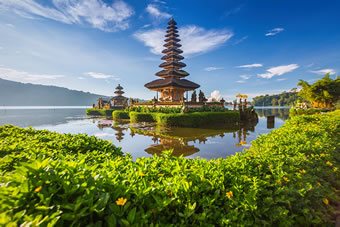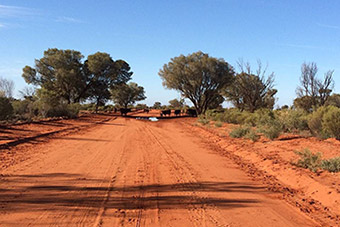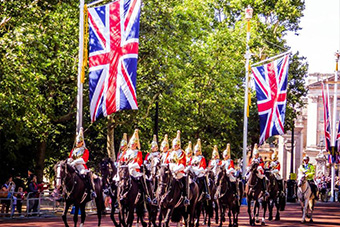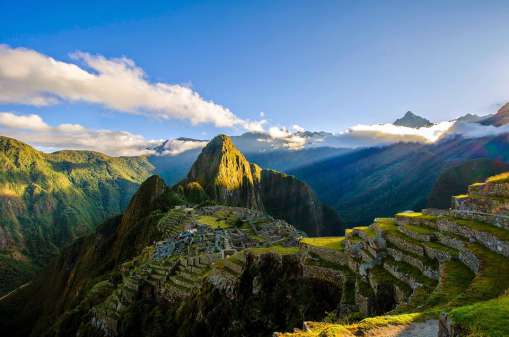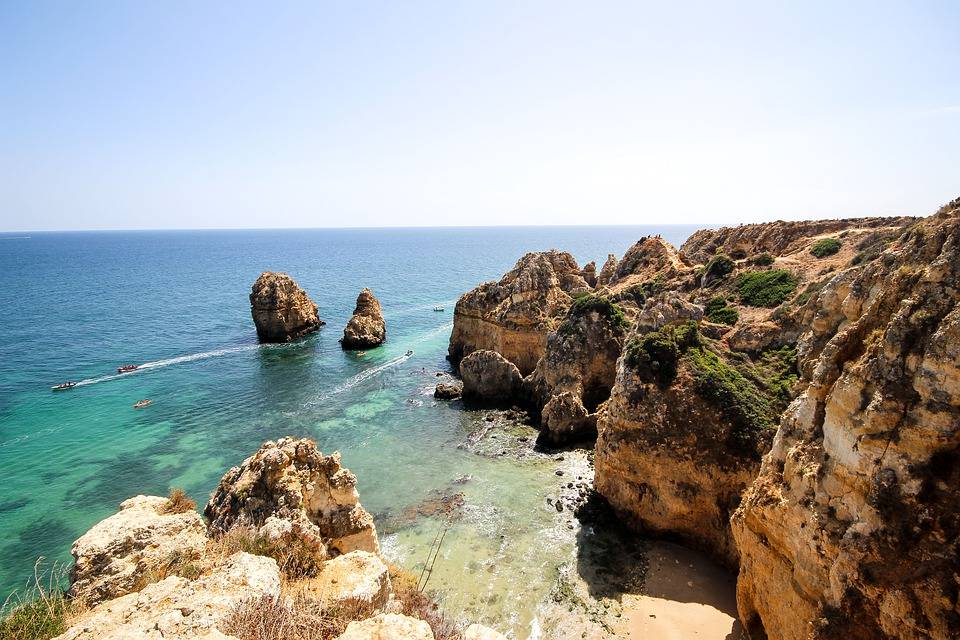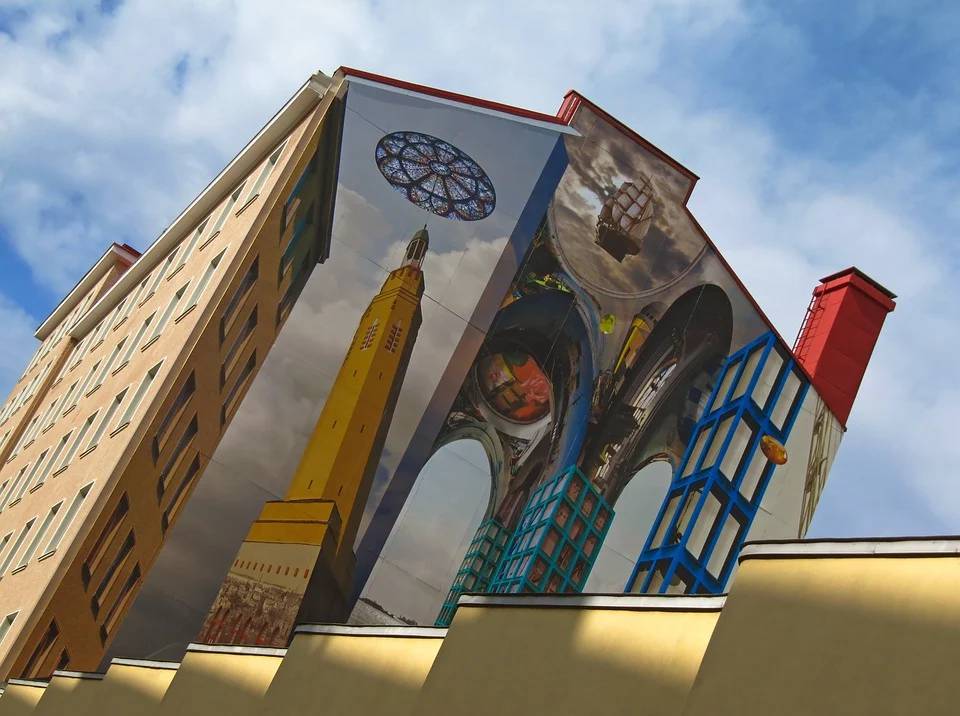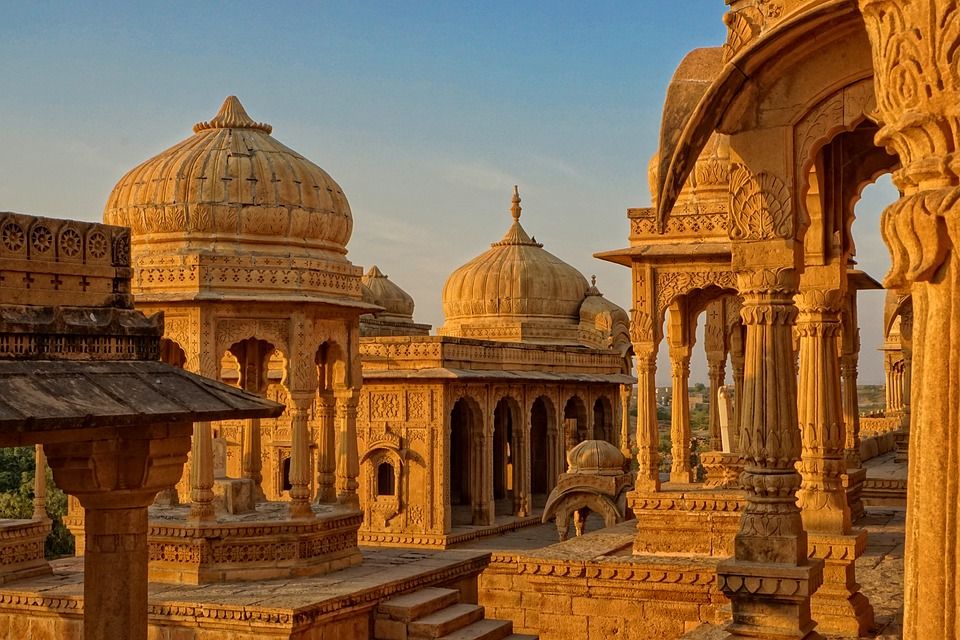Bosnia-Herzegovina
If you are among the many who is longing for inspiration, Bosnia-Herzegovina is exactly where you need to go. For a country that has endured a long and painful past, and a rather unstable historical background, Bosnia-Herzegovina is far from ashamed. In fact, the country has emerged with it as one of Europe’s most multi-faceted destinations. Despite the legacies of war being imprinted on it, Bosnia-Herzegovina makes the most of today. The country is laden with natural spectacles – most prominent of them being its lush and mountainous landscape. The best place to observe these is through the its very own national parks.
The country’s urban centers are still on the developing side, but show much potential, and never shy away from the remnants of the difficult days. Sarajevo, the capital is evolving quickly from a rundown capital to a bumbling one – the city has everything a tourist could hope for – from old museums and historical monuments to shopping centers and nightclubs. The cultures that have been here have left their imprints in various urban features – from French-inspired cafes, to Ottoman mosques and from Catholic shrines to Austro-Hungarian quarters – everything one looks at is a window into the much-forgotten history. A major draw is the colossal bobsleigh track that was built for the 1984 Winter Olympics, but later destroyed in the Siege of Sarajevo. Today, it stands as a canvas for local artists. Another important attraction is the 16th century Ottoman bridge in Sarajevo that combines features of the west and the east. Destroyed during the war, the bridge was later reconstructed, and has been a UNESCO World Heritage Site since 2005.
Some facts about Bosnia-Herzegovina:
- Bosnia-Herzegovina’s total coastline length is only 12.4 miles – it is one of the shortest in all of Europe.
- Europe’s largest rainforest, Perucica lies in Bosnia-Herzegovina.
- Bosnia-Herzegovina has one of the longest currency names. Their money is officially called the Bosnia and Herzegovina Convertible Mark.

